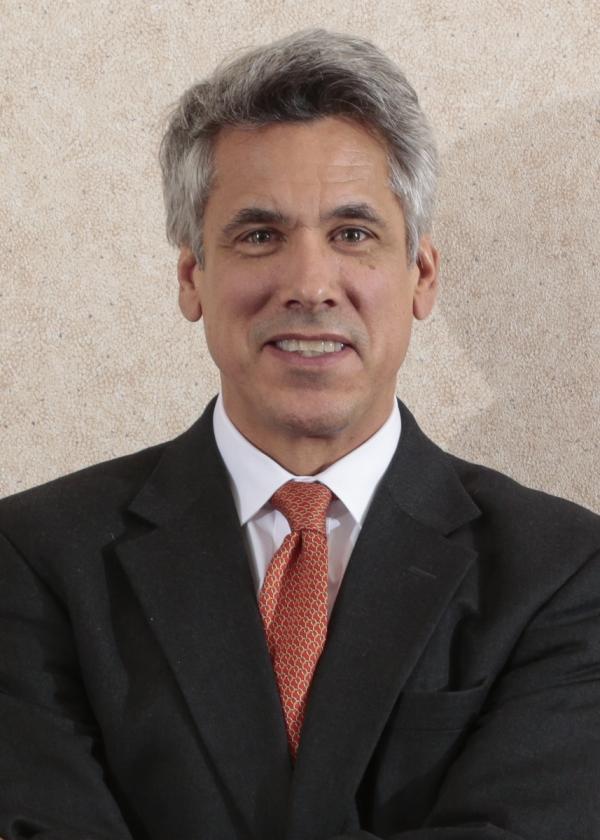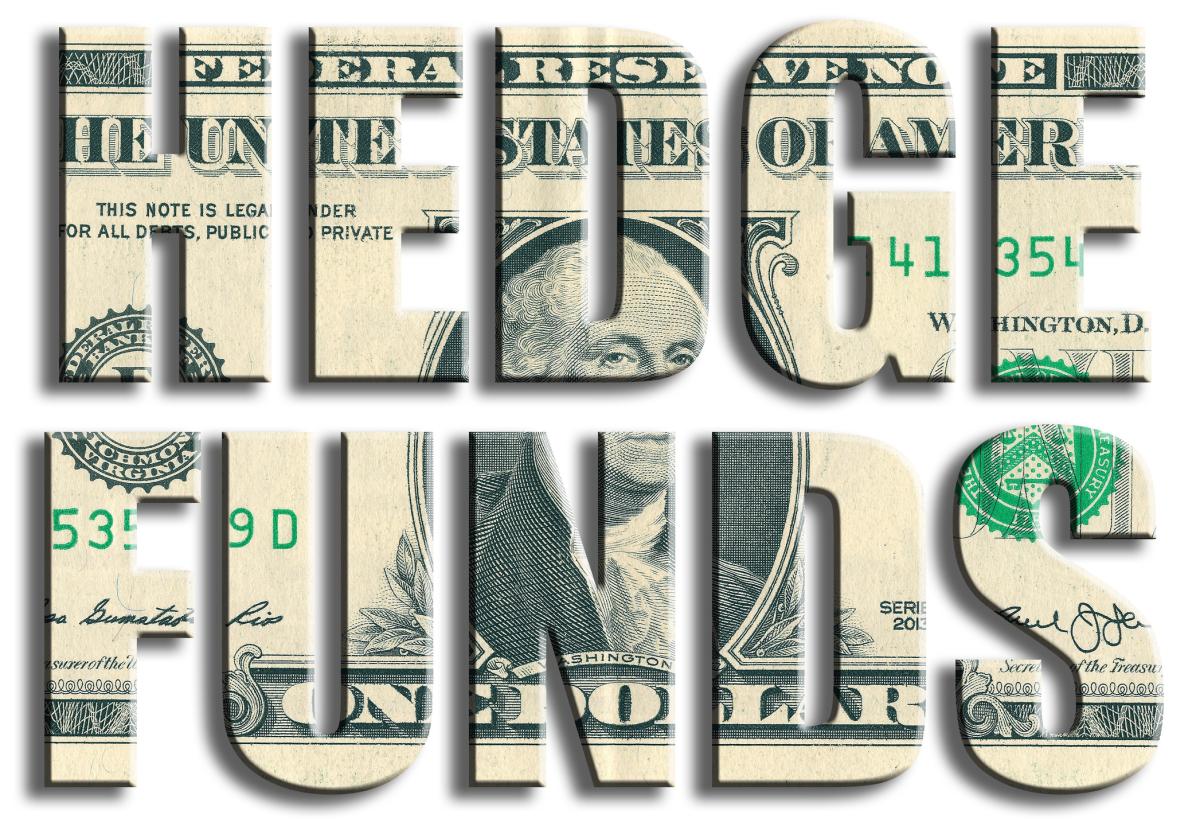By Donald A. Steinbrugge, CFA – Founder and CEO, Agecroft Partners.
As inflation reached a 40-year high last month The Federal Reserve increased its target range for the federal funds rate by 25 bps and projected 6 more increases for 2022. Currently, the Fed funds futures market is pricing in approximately 270 basis points of increase for 2022, surpassing the 250 basis point increase seen in 1994. Deutsche Bank's chief economist recently suggested that the Federal Reserve could increase short-term rates to as high as 5%.
Most people associate rising interest rates with declining asset values. This is certainly the case in fixed income markets, where there is an inverse relationship between rising interest rates and bond values, whose sensitivity to interest rates is measured by duration. This relationship also generally applies to equity valuations, though to varying degrees due to different valuation methods. Fundamentally, the value of a company is the present value of its future earnings. Future earnings are negatively impacted by increasing interest rates because they increase the cost of borrowing and negatively impact net earnings. Additionally, the present value of those future cash flows is reduced when discounted at a higher interest rate. Nonetheless, rising short term rates can have a positive impact for a few hedge fund strategies, some of which include:
1. Commodity Trading Advisors (CTAs) – CTAs take long and short positions in commodities, currencies, equity indexes, and interest rates through the futures market. Because of the inherent leverage structured into these instruments, many CTAs deploy only 10-20% of their capital. The balance is allocated to short term fixed income instruments. As such, rising interest rates increase the expected return for these strategies. In addition, these strategies have seen a significant increase in demand driven by many managers in the space having neutral to negative correlations to both equity and fixed income markets. There are potentially over a thousand CTAs, which are primarily divided into two categories. The vast majority of CTA capital is invested in medium-term trend strategies and the balance is in short-term trend strategies. The two are distinguished by the length of holding period for trades. Medium-term trend CTAs tend to hold positions from 6 weeks up to 6 months, whereas short term trend managers can be intraday to a couple of weeks. Beyond having strong, long-term performance records, the best managers in the space have negative correlation to long only benchmarks and, most importantly, positive skew. The level of positive skew is important to focus on because correlations are dynamic and, across sectors and strategies, often move toward 1.0 when markets sell off. Managers with high positive skew typically become more short and provide valuable tail risk protection when everything else is declining.
2. Reinsurance – This strategy assumes some of the liabilities from more than 1,000 insurance companies for property damage (residential and/or commercial property) which is primarily caused by natural disasters such as hurricanes, earthquakes, and wildfires. Reinsurance fund performance has virtually no correlation to the capital markets. Reinsurers are profitable when the premiums collected are more than enough to cover claims. Reinsurance funds are required by their regulators to hold 100% of their potential liabilities (typically in escrow or a trust) until the insurance contracts expire, with a vast majority of reinsurance contracts written for terms of one year or less. Most of these reserves are invested in short term securities, where increases in short term interest rates would enhance returns. [of note: while climate change is real, one year contracts also allow managers the opportunity to incorporate data on the impact of climate change into their expected loss and return assumptions, thereby muting any effect on the portfolio.] Expected returns in reinsurance have risen dramatically over the past 5 years. Premiums, in many cases, have more than doubled while the risk of loss from peril has only slightly increased. Today many investors are targeting double-digit expected returns.
3. Higher turnover relative value fixed income – Strategies that provide liquidity to complex/less liquid fixed income securities have replaced bank proprietary trading desks. Rising interest rates create increased volatility across the fixed income markets. More volatility typically leads to higher returns for these trading oriented strategies. Skilled managers generate most of their return through alpha and limit market beta by actively hedging both interest rate and credit spread risk. These strategies also have low correlation to the capital markets and can provide some tail risk protection during market sell-offs.
CTAs, reinsurance, and short term relative value fixed income are just a few examples of the many hedge fund strategies that should benefit from rising rates. Short term rates rising from close to 0% to potentially well over 3% should have a direct and meaningful positive impact on the expected returns for these strategies moving forward. This will have 2 major implications for the hedge fund industry:
Strategies that benefit from rising interest rates will grow their market share of the hedge fund industry at the expense of other strategies. The $4 trillion hedge fund industry is a mature one. Most allocations result from investors' thoughtful evaluation, across strategies and managers, as to which offer the best opportunity to add value to their portfolios. These decisions impact not only new allocations, but also reallocations from existing managers to others. The expected return of potential hedge fund strategies on an investors' shortlist may only vary by one or two percent. Strategies that are expected to benefit from a rising interest rate environment will see a significant increase in demand.
Increased probability that large institutional investors will negotiate a hurdle on performance fees. There has been significant and growing pressure on fees within the hedge fund industry by large institutional investors. The pressure has been focused on multiple factors including management fees, performance fees, hurdles and performance crystallization time frames. If short-term rates continue to rise, we expect to see more institutional investors asking for a performance hurdle for the carried interest portion of performance attributable to the cash position of the portfolio.
About the Author:
Don is the Founder and CEO of Agecroft Partners, a global hedge fund consulting and marketing firm. Hedgeweek and/or HFM have selected Agecroft Partners 13 years in a row as the Hedge Fund Marketing Firm of the Year.

Don frequently writes white papers on trends he sees in the hedge fund industry. He has spoken at over 100 Alternative Investment conferences, been quoted in hundreds of articles relative to the hedge fund industry, has done over 100 interviews on business television and radio and has over 25,000 subscribers to his Hedge Fund Industry Insights Newsletter.
Don is also the Founder of Gaining the Edge LLC that runs the Hedge Fund Educational Webinar Series, which has had over 7,000 unique alternative investment industry participants, an annual Hedge Fund Leadership Conference, which sold out all 6 of its events, and the Alternative Investment Cap Intro Events. Most revenue from these events are donated to charities that benefit at risk children, which have total over $2.7 million donated since 2013.
Before Agecroft, Don was a founding principal of Andor Capital Management where he was a member of the firm’s Operating Committee. When he left Andor, the firm ranked as the 2nd largest hedge fund firm in the world. Before Andor, Don was Head of Institutional Sales for Merrill Lynch Investment Managers (now part of Blackrock). At that time, MLIM ranked as one of the largest investment managers in the world. Previously, Don was Head of Institutional Sales and on the executive committee for NationsBank Investment Management (now Bank of America).
Don is a member of the Board of Directors of Help for Children (Hedge Funds Care) and the Virginia Home for Boys and Girls Foundation. In addition, he is a former Board of Directors member of the University of Richmond’s Robins School of Business, The Science Museum of Virginia Endowment Fund, The Richmond Ballet (The State Ballet of Virginia), Lewis Ginter Botanical Gardens, Child Savers Foundation, The Hedge Fund Association and the Richmond Sports Backers. He also served over a decade on the Investment Committee for The City of Richmond Retirement System.




